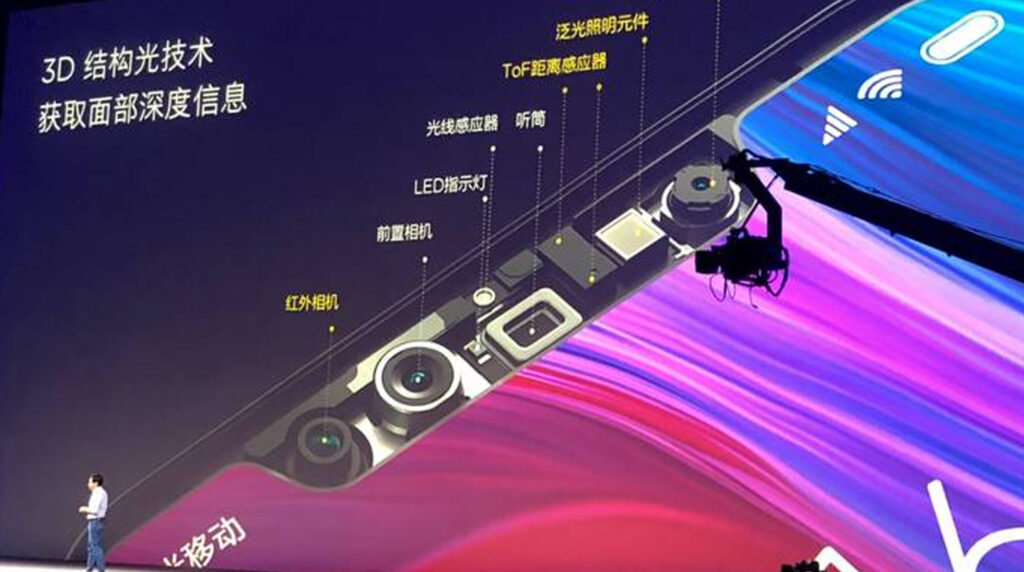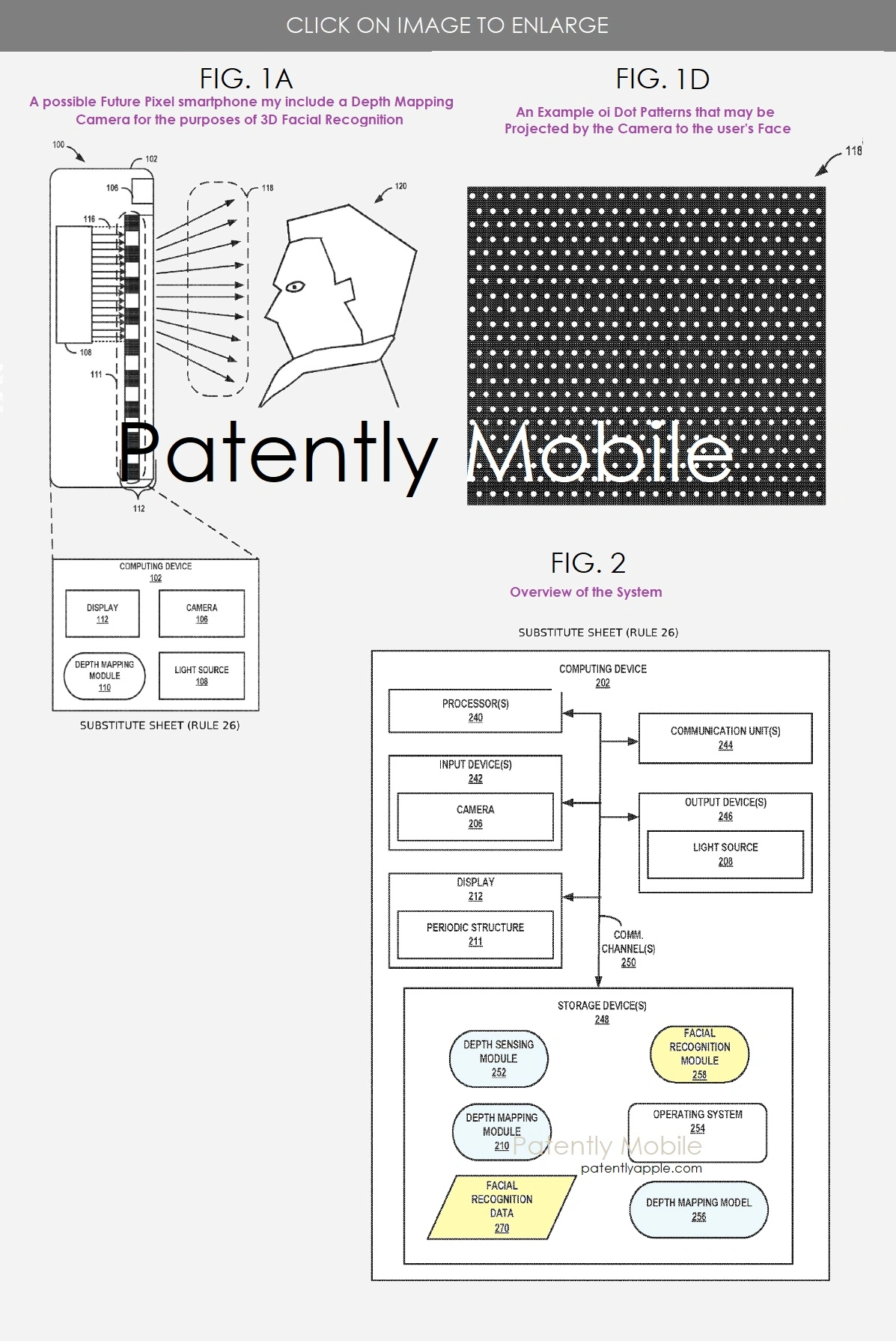In a major leap forward for smartphone biometric security, Google has received endorsement for a revolutionary patent that may revolutionize the use of facial recognition on smartphones. Using the ability of smartphones to project light spot patterns through the display panel for three-dimensional depth mapping, the system has a close resemblance to the Face ID system utilized by Apple and marks a huge advancement for Android smartphones. This system may have far-reaching implications for future Xiaomi smartphone designs, as the industry moves towards even more secure biometric authentication techniques, while still achieving sleek, bezel-free designs.
How Google’s New Patent Works
In contrast to traditional facial recognition systems that need specialized hardware elements, Google’s recently patented system converts the smartphone display into a diffraction device. The new approach obviates the need for a distinct diffractive optical element, which in turn implies cleaner device designs without the need for as many visible sensors.
The system operates through a clever synergy of elements:
- A built-in light source emits light toward the display
- The periodic pattern of transparent and opaque regions on the screen generates light interference
- This interference produces diffraction of light that forms distinct patterns of light spots
- These light spots are cast onto the user’s face
- The device camera captures these patterns
- Processing algorithms process the data to produce a precise depth map
The technology has the potential to solve one of the biggest challenges in face recognition: how to build a secure 3D face map without specialized hardware such as Apple’s TrueDepth camera system.
What Does it Mean to Xiaomi Users
For die-hard Xiaomi fans, this finding may herald new hope for future smartphones. Being a top manufacturer of Android phones, Xiaomi has always made the latest technologies a part of its smartphones. If this face scanning through the front glass does work, we may even see Xiaomi adopting the same in future devices.
The benefits for Xiaomi phones may include:
- Superior security on par with Apple’s Face ID
- Simpler front designs that have fewer exposed sensors
- More screen real estate without the compromise of biometric capabilities
- More efficient unlock speeds and more consistent recognition
Industry Implications
Google’s patent marks a significant step forward for Android biometric security. Although the technology seems to have future Pixel smartphone applications in view, technologies such as these are ultimately rolled out across the Android ecosystem as the innovation becomes more mature.
Today most Android phones use under-display fingerprint sensors or inferior 2D face recognition. A display-based 3D face recognition system would fill the security deficit of Android phones without trading off on the design.
For HyperOS users of Xiaomi (previously MIUI), this may in the future mean adding more security features without sacrificing the streamlined, minimalist looks the brand has established. To receive the latest updates on Xiaomi features and technologies, you may download our MemeOS Enhancer app from the Play Store that unlocks secret Xiaomi features, system app updates, and access to over-the-air updates.
Source: PatentlyApple


 Emir Bardakçı
Emir Bardakçı


